ANTARCTICA – BASE CAMP
__________________
__________________
| Day | Place | Highlights |
|---|---|---|
| Day 1 | Ushuaia, Argentina | Set Sail, meet the expedition team |
| Days 2 & 3 | At Sea | Crossing the Drake Passage |
| Days 4 - 10 | Antarctic Peninsula | Iceberg sculptures, carving glaciers, marine mammals, mountaineering, snowshoeing, camping and kayaking |
| Days 11 & 12 | At Sea | Cross the Drake Passage |
| Day 13 | Ushuaia, Argentina | After breakfast disembark for your onward journey |

The Hondius (176 guests) launched in June 2019. She has an Ice class rating of 6, the most advanced to date. The Hondius offers deluxe accommodation for a total 176 guests. One deck has been entirely reserved for lectures and presentations in one large observation lounge. The ship’s main focus remains discovery, taking advantage of wildlife opportunities and the related shore activities. Efficient zodiac embarkation is guaranteed with two separate gangways and in addition a zodiac embarkation indoor-platform which can also be used for special activities such as kayaking.
The Ortelius was originally the Marina Svetaeva. Built in Gdynia, Poland in 1989, it served as a special-purpose vessel for the Russian Academy of Science. Later it was re-flagged and renamed after the Dutch/Flemish cartographer Abraham Ortelius, who in 1570 published the first modern world atlas: Theatrum Orbis Terrarum or Theatre of the World. The Ortelius can accommodate 108 guests and has an abundance of open-deck spaces for watching wildlife and the impressive scenery as you sail past. She also has the highest ice-class notation (UL1, equivalent to 1A) making her perfect for polar expeditions.
The Plancius accommodates up to 108 passengers in 53 passenger cabins all with private amenities. Built in 1976 as an oceanographic research vessel for the Royal Dutch Navy she sailed for the Navy until 2004 when she was used as an expedition vessel. Completely rebuilt in 2009 and later upgrades in 2019, the complies with the latest SOLAS-regulations. Offering a restaurant/lecture room on deck 3, a spacious observation lounge with large windows and a bar on deck 5 and a library on deck 5there is no shortage of places to relax. There are large open deck spaces on the Plancius, especially on Deck 4 with full walk-around possibilities for optimal wildlife spotting and enjoying the scenery. The Plancius carries 10 Mark V zodiacs, with 40 HP 4-stroke outboard engines and 2 gangways on the starboard side, guaranteeing a swift zodiac operation. Whilst the Plancius is comfortable and well equipped, she is in no way a luxury vessel. The focus is in spending as much time on shore as possible with an exploratory educational travel program with 8 highly knowledgeable expedition staff.

The Antarctic Peninsula Basecamp cruise offers you a myriad of ways to explore and enjoy the Antarctic Region. This expedition allows you to hike, snowshoe, kayak, go mountaineering, and even camp out under the Southern Polar skies.
The Included Activities are:
Camping – Special gear and field equipment will be provided. Camping is subject to weather, local site and environmental regulations.
Kayaking – Basic kayaking experience is of advantage, but it is not a requirement. Physical fitness is essential. Kayaking is subject to weather and prevailing ice conditions.
Mountaineering –Mountaineering knowledge is preferable, but not required. Physical fitness is essential. Mountaineering must be pre-booked prior to departure. Mountaineering is subject to weather and local site conditions.
Photo Workshop – Participants with a special interest in photography will bring their personal photo equipment. The workshop must be pre-booked prior to departure.
Snowshoeing – Snowshoe walking is easy and does not require any technical skills. The snowshoes will fit all boot sizes and can be used in combination with Oceanwide’s rubber boots.
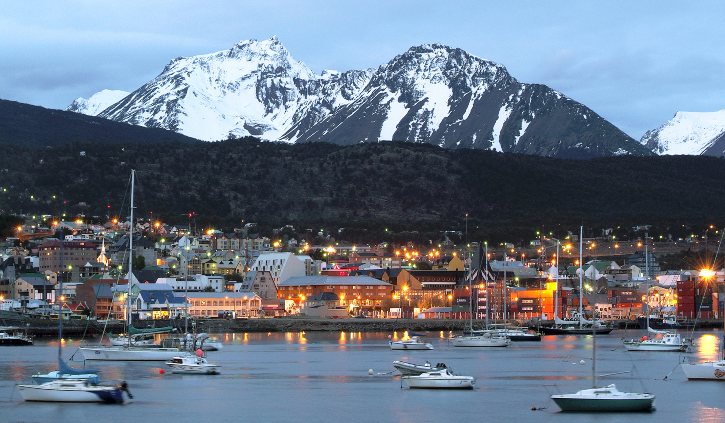
Your voyage begins where the world drops off. Ushuaia, Argentina, reputed to be the southernmost city on the planet, is located on the far southern tip of South America. Starting in the afternoon, you embark the Ortelius from this small resort town on Tierra del Fuego, nicknamed “The End of the World,” and sail the mountain-fringed Beagle Channel for the remainder of the evening.
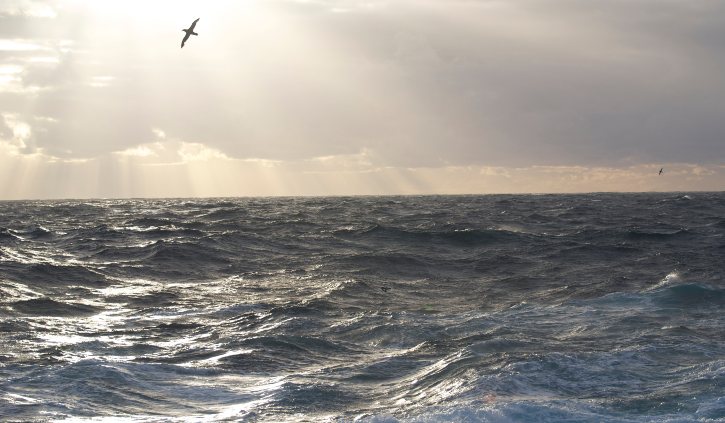
Over the next two days on the Drake Passage, you will enjoy some of the same experiences encountered by the great polar explorers who first charted these regions: cool salt breezes, rolling seas, maybe even a fin whale spouting up sea spray.
After passing the Antarctic Convergence – Antarctica’s natural boundary, formed when north-flowing cold waters collide with warmer sub-Antarctic seas – you are in the Antarctic circumpolar current upwelling zone. Not only does the marine life change, the bird life changes too.
Wandering albatrosses, grey-headed albatrosses, black-browed albatrosses, light-mantled sooty albatrosses, cape pigeons, southern fulmars, Wilson’s storm petrels, blue petrels, and Antarctic petrels are a few of the birds you might see.
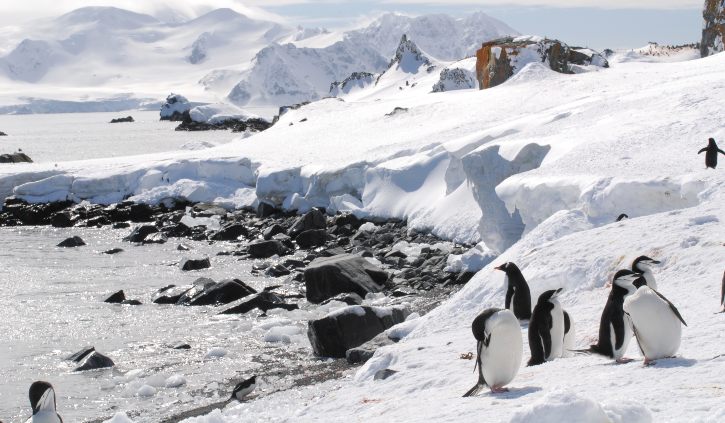
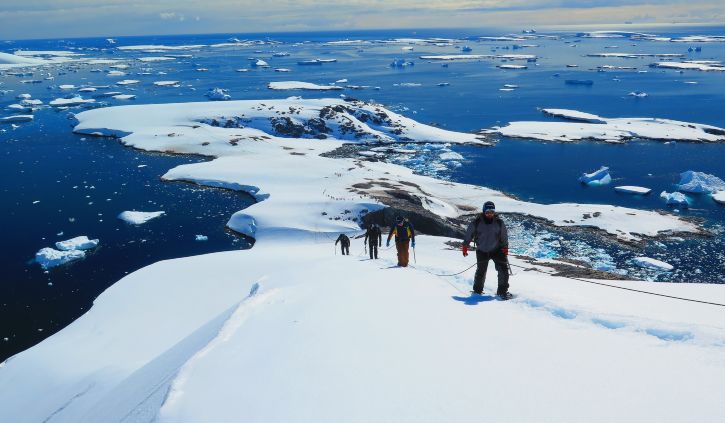
Gray stone peaks sketched with snow, towers of broken blue-white ice, and dramatically different wildlife below and above. You first pass the snow-capped Melchior Islands and Schollaert Channel, sailing between Brabant and Anvers Islands.
Places you might visit include:
Neumayer Channel – The vessel may position itself here, launching its multiple base camp activities from the protected waters around Wiencke Island. You can enjoy the splendors of this alpine environment at sea with Zodiac and kayaking trips, or if you’re in the mood for a walk, there are possible snowshoe hikes and soft-climb mountaineering options farther inland. Naturally, favourable weather conditions determine the possible activities.
Port Lockroy – After sailing through the Neumayer Channel, you may get a chance to visit the former British research station – now a museum and post office – of Port Lockroy on Goudier Island. You may also be able to partake in activities around Jougla Point, meeting gentoo penguins and blue-eyed shags. There are great opportunities also for kayaking and camping here, and when conditions are right, you can even snowshoe around the shore.
Pléneau & Petermann Islands – If the ice allows it, you can sail through the Lemaire Channel in search of Adélie penguins and blue-eyed shags. There’s also a good chance you’ll encounter humpback and minke whales here, as well as leopard seals. Kayaking, glacier walks, and more ambitious mountaineering trips are the potential activities of this location.
Neko Harbour – An epic landscape of mammoth glaciers and endless wind-carved snow, Neko Harbour offers opportunities for a Zodiac cruise and landing that afford the closest views of the surrounding alpine peaks.
Paradise Bay – You have the chance to make camp here like a true polar explorer (but with a better tent), enjoying a supreme overnight Antarctic adventure.
Errera Channel – Possible sites in this area include Danco Island and Cuverville Island, but also the lesser known (though equally picturesque) Orne Island and Georges Point on Rongé Island.
On your last day of near-shore activities, you pass the Melchior Islands toward the open sea. Keep a sharp lookout for humpback whales in Dallmann Bay. It may also to be possible for a landing at Half Moon Island, in the South Shetlands, with further chances for activities.
Conditions on the Drake Passage determine the exact time of departure.
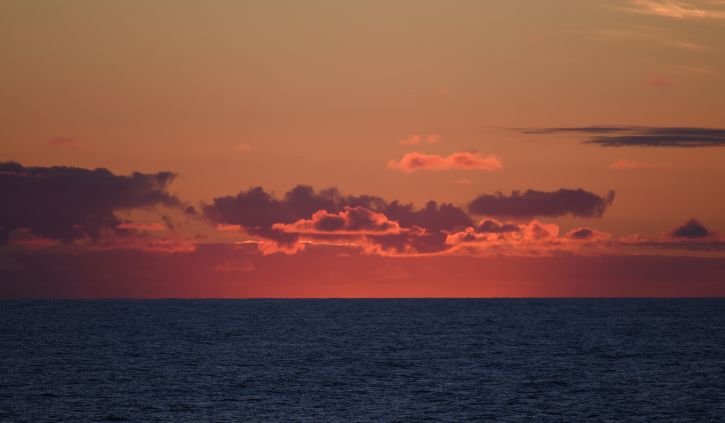
Your return voyage is far from lonely. While crossing the Drake, you’re again greeted by the vast array of seabirds remembered from the passage south. But they seem a little more familiar to you now, and you to them.
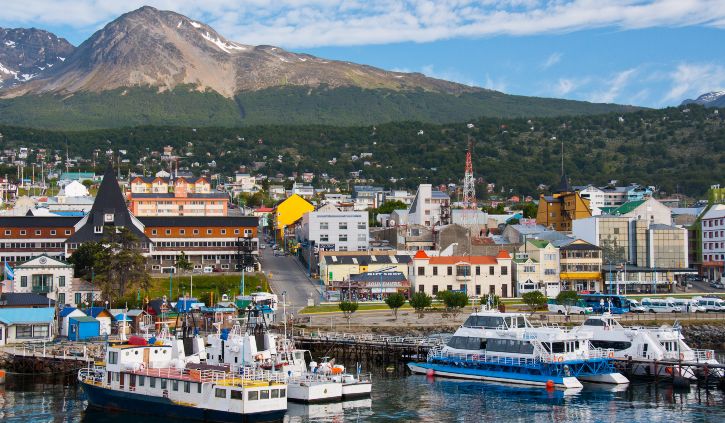
Following breakfast you will disembark in Ushuaia, but with memories that will accompany you wherever your next adventure lies.
Please note: All itineraries are for guidance only. Programs may vary depending on local ice and weather conditions and in order to take advantage of opportunities to see wildlife. The on-board expedition leader determines the final itinerary. Itineraries may mention places that require permission to land, which must be granted by the relevant national authorities. Such permission is not granted prior to the publishing of these itineraries. Flexibility is paramount for expedition cruises.